Melamine boards have numerous uses in furniture making and shelving. What is the best way to join melamine boards? We researched this topic and have an answer for you.
The best way to join melamine boards is to glue them together with a glue like Titebond or Roo glue. You can also join the boards by drilling holes and inserting screws, but the boards may easily break or crack.
Joining melamine boards can take time, effort, and work. Continue reading to learn more about melamine boards, their uses, and how to join them for your next home project.

How To Join Melamine Boards
Melamine boards are popular in production and fabrication because of their relatively low price compared to other raw materials. Their shiny finish and sturdy structure make them popular for the construction of furniture, kitchen cabinets, shelves, and whiteboards.
One downside of melamine boards is their high chance of getting chipped when not correctly installed. Joining melamine boards with screws can work, but using a specialized glue to attach one panel to another is the best option.
Working with melamine boards can be difficult. If you apply force while working on the boards, they can break. Using adhesives to connect the boards will create an original finish while helping to prevent your boards from cracking and damage. Also, glue can create a stronger bond between boards.
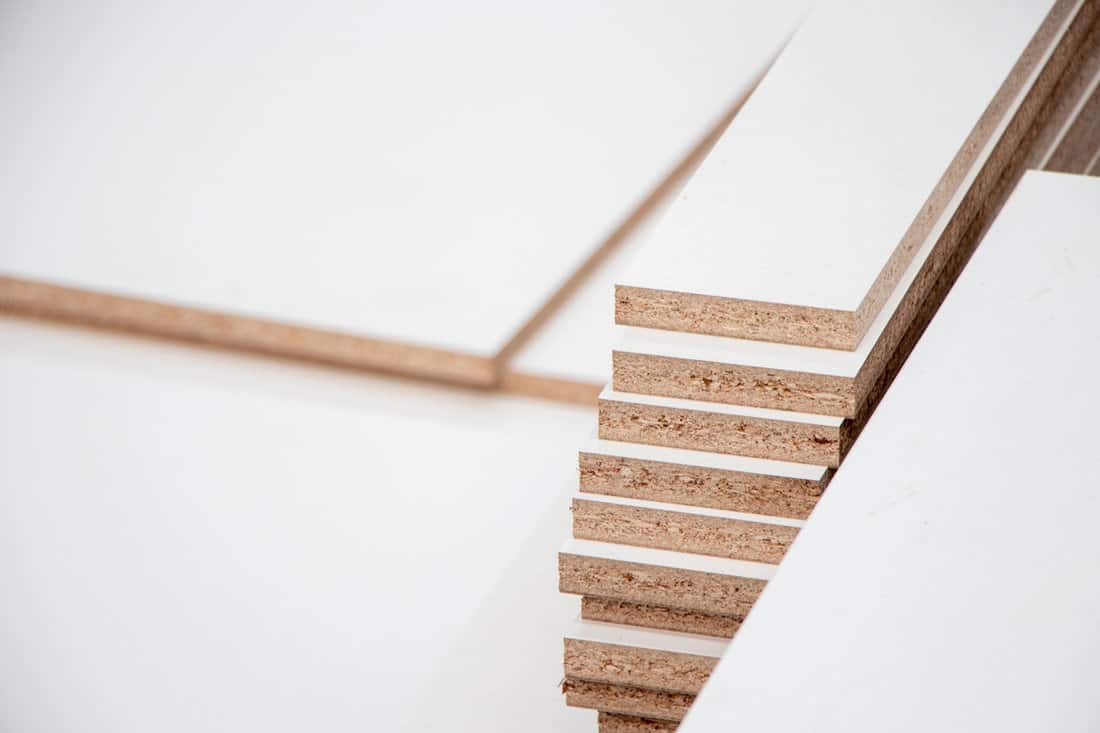
We may include affiliate links and curated AI content to highlight top design styles.
What Glue Works Best With Melamine Boards
When working with melamine boards, you need to choose the correct kind of glue. The right glue will help create a smooth finish. You can use Titebond or Roo glue to attach your boards.
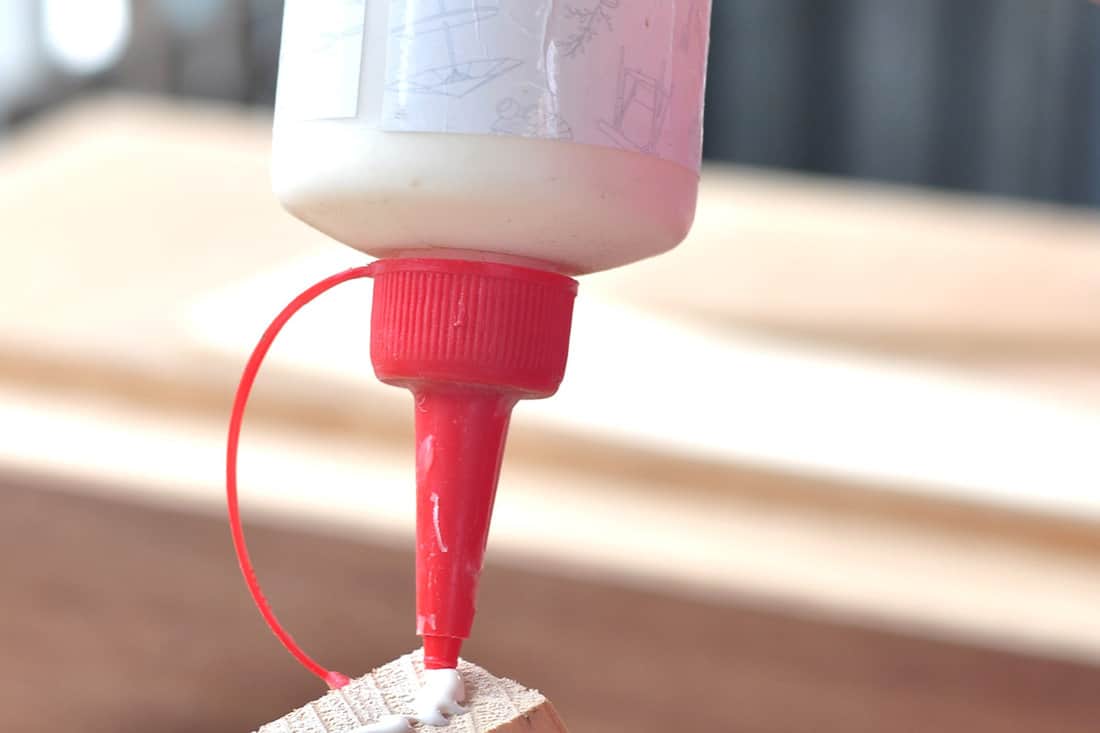
TiteBond Melamine Glue
Titebond glue is a non-flammable, fast-drying, and water-based glue specifically designed for melamine, particleboard, and other porous materials. This glue is strong and fast acting.
Be mindful and cautious when using the glue to prevent injury and skin irritation. The product is intended only for bonding purposes. You can store the glue in an airtight container for 24 months.
Click here to see Titebond glue on Amazon.
Roo Glue
Roo glue is another specialized glue that you can use for melamine. This adhesive is water-based, water-resistant, has a long shelf life, and dries clear. It has excellent bonding strength.
Roo glue can bond melamine boards securely. When using the blue, do not make a steady line of adhesive on the borders of your boards. Instead, apply tiny dabs of the bond with a six-inch space in between.
Roo glue is considered the best adhesive for versatility and performance in joining melamine to other porous materials like wood. It requires four hours of curing time. You can continue working with your boards one day after application.
Click here to see this Roo glue on Amazon.
How To Use Glue On Melamine
Before glue application, you will need to clean your boards. Make sure to wipe the surface and edges with a dry cloth to get rid of any particles or dirt. The glue will work better on a clean surface. Below is the procedure for glue application on melamine boards.
- Blend 1/4 teacup of dishwashing liquid and lukewarm water, put it in a sprayer, and spray the area where you will apply the adhesive. Rub the area with a cotton cloth afterward.
- Apply a sufficient amount of adhesive to the part of the board where you want to bond the melamine.
- Keep the board steady and wait for the glue to set in. Clamping may be needed depending on the type of glue you are using.
Click here to see these spray bottles on Amazon.
How Temperature Affects Glue Adhesiveness
Cold, heat, and humidity can affect a glue's adhesiveness. Titebond work best when the application temperature is above 40 degrees Fahrenheit. Roo glue works best at an application temperature of at least 50 degrees Fahrenheit.
Adhesives will not perform well in extremely hot conditions. Too much moisture also affects glue adhesiveness. Steam will prevent your glue from drying and securing the boards.
You should work in a dry area with an average temperature for best results. If you work in a space with too much humidity, consider purchasing a dehumidifier.
Click here to see this dehumidifier on Amazon.
How To Clear Away Excess Glue On Melamine Boards
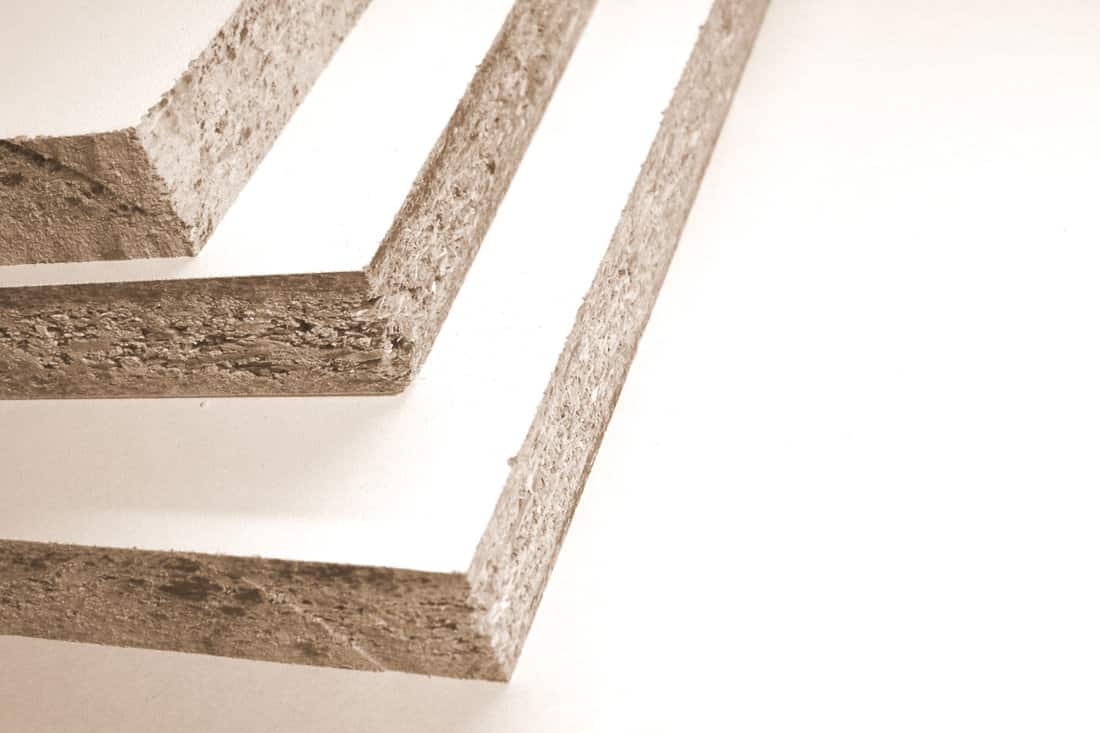
Creating a product with no visible traces of glue or adhesive is rewarding. You can try using denatured or rubbing alcohol to remove unwanted glue from your project. Alcohol can weaken the glue on your board, making it easier to remove.
Click here to see this denatured alcohol on Amazon.
To remove unwanted glue, dip a cotton ball in the alcohol and pat it on the glued surface of your board for five minutes. Clean it with a dry cloth once you notice that the glue is softening.
Click here to see these cotton balls on Amazon.
How To Clean Melamine Boards
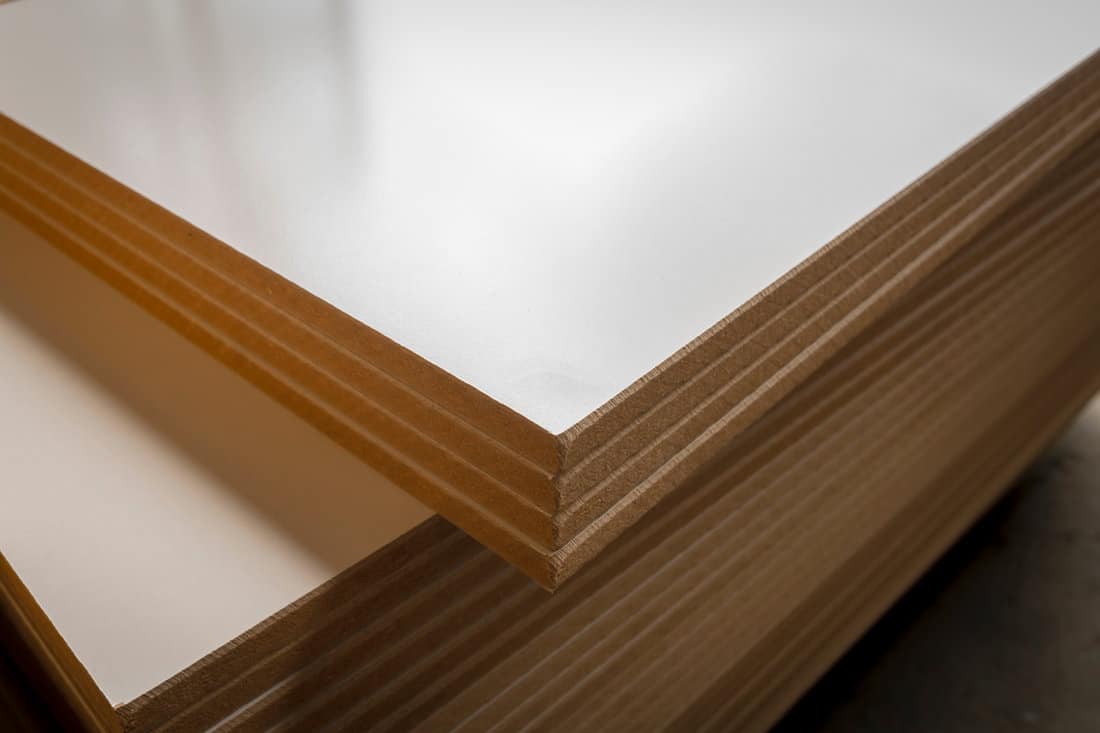
Dirt, decay, and fungus can accumulate on surfaces like your melamine furniture, shelves, and cabinets at home. Cleaning melamine boards is easy and requires little work. Here are some helpful tips you can follow for cleaning your melamine boards.
Wipe Your Boards
As you begin cleaning your melamine boards, you should first wipe off any dirt or dust. Wet a cloth or sponge and wipe your boards thoroughly.
Click here to see this ultra-soft washcloth set on Amazon.
Use A Do-It-Yourself Cleaning Solution
A cleaning solution can do wonders for stubborn dirt that water alone cannot remove. Blend lukewarm water and dishwashing liquid and transfer the mixture to a spray bottle. Then spray the mixture directly on the melamine boards.
You can also make a homemade cleaning solution from 1/4 cup of white wine vinegar and one cup of lukewarm water. This solution will target mold and mildew on your boards.
After applying the solution, let it stand for three minutes. Afterward, wipe it thoroughly using a sponge or wet cloth. Then fill up a spray bottle with lukewarm water to rinse your boards. Wipe them dry afterward.
If stubborn dirt and mold prevail, you can repeat the process. Keep repeating, from applying the solution to rigorous wiping and rinsing off your boards with lukewarm water until all panels are gleaming.
Click here to see this vinegar on Amazon.
Allow Your Melamine Boards To Dry Completely
After cleaning, allow your boards to dry completely. Use a fast-absorbing cloth or sponge to wipe away any remaining moisture on your boards. Fungus can grow in moist areas, so keeping your boards dry is important.
Keep Your Boards Clean
After the cleanup process, keep your boards clean at all times. Wipe them with a moist cloth and dry them afterward. You can do this at least once a month to maintain your melamine boards.
Benefits Of Melamine
Melamine boards have been an in-demand material in the construction and production industry for many years. Here are some benefits of melamine boards:
- You can efficiently work with melamine boards using machines. You can readily drill holes into them and cut them into the desired shape and design.
- Melamine is an excellent substitute for solid wood!
- Melamine boards are stiff, sturdy, and cheap.
- You have a wide choice of melamine boards in terms of color, finish, design, and dimension.
- Melamine boards have a long-lasting shiny finish!
Final Thoughts
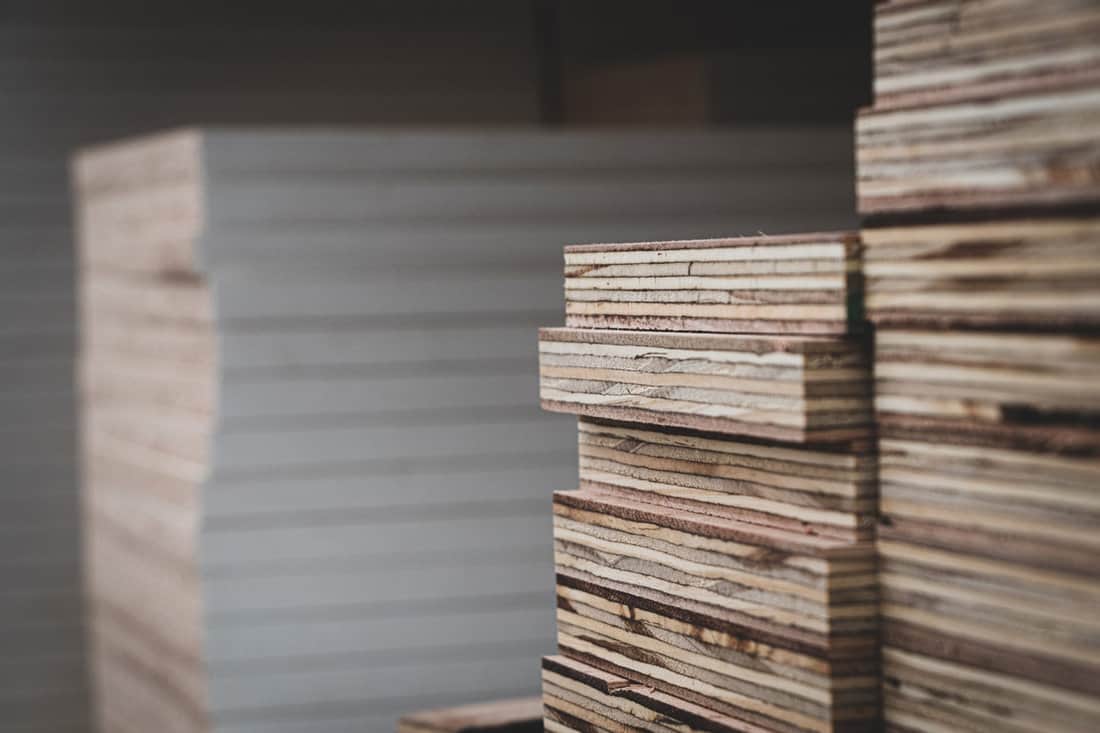
Using melamine boards for your next home or kitchen project can be an exciting option. The best way to join melamine boards is by using an appropriate glue. Titebond and Roo glue are two excellent choices.
Before you go, you can check out these other related articles:











